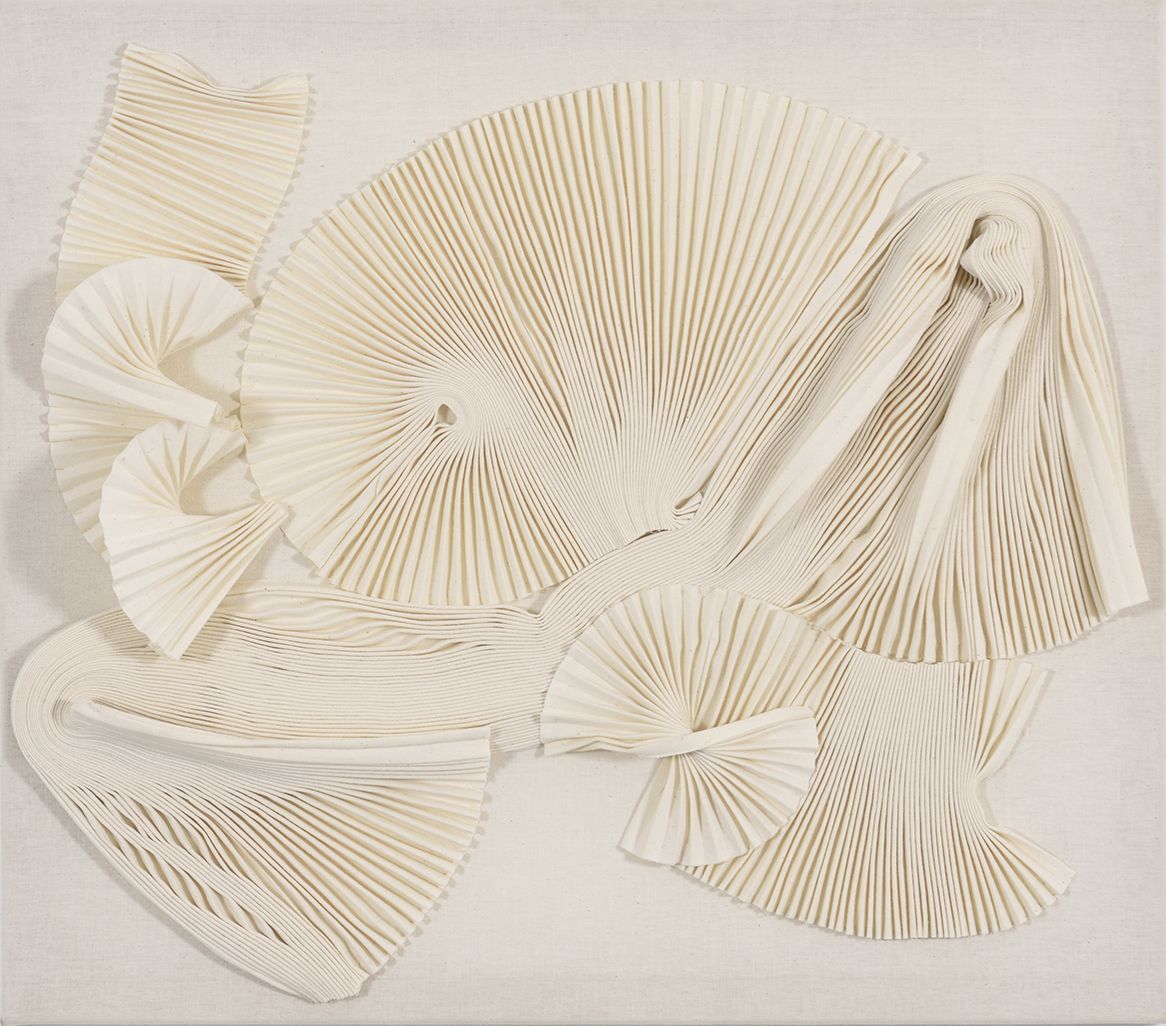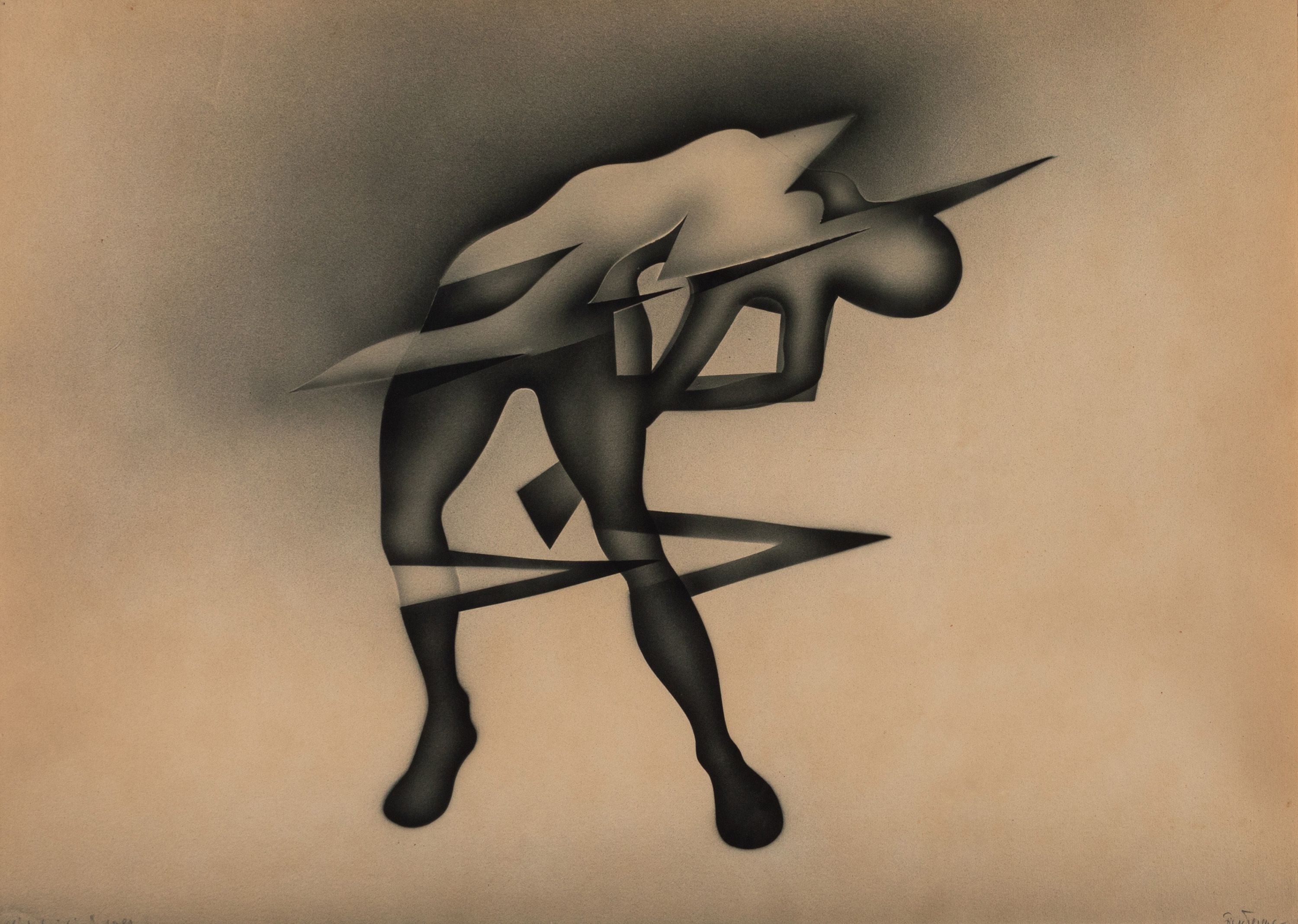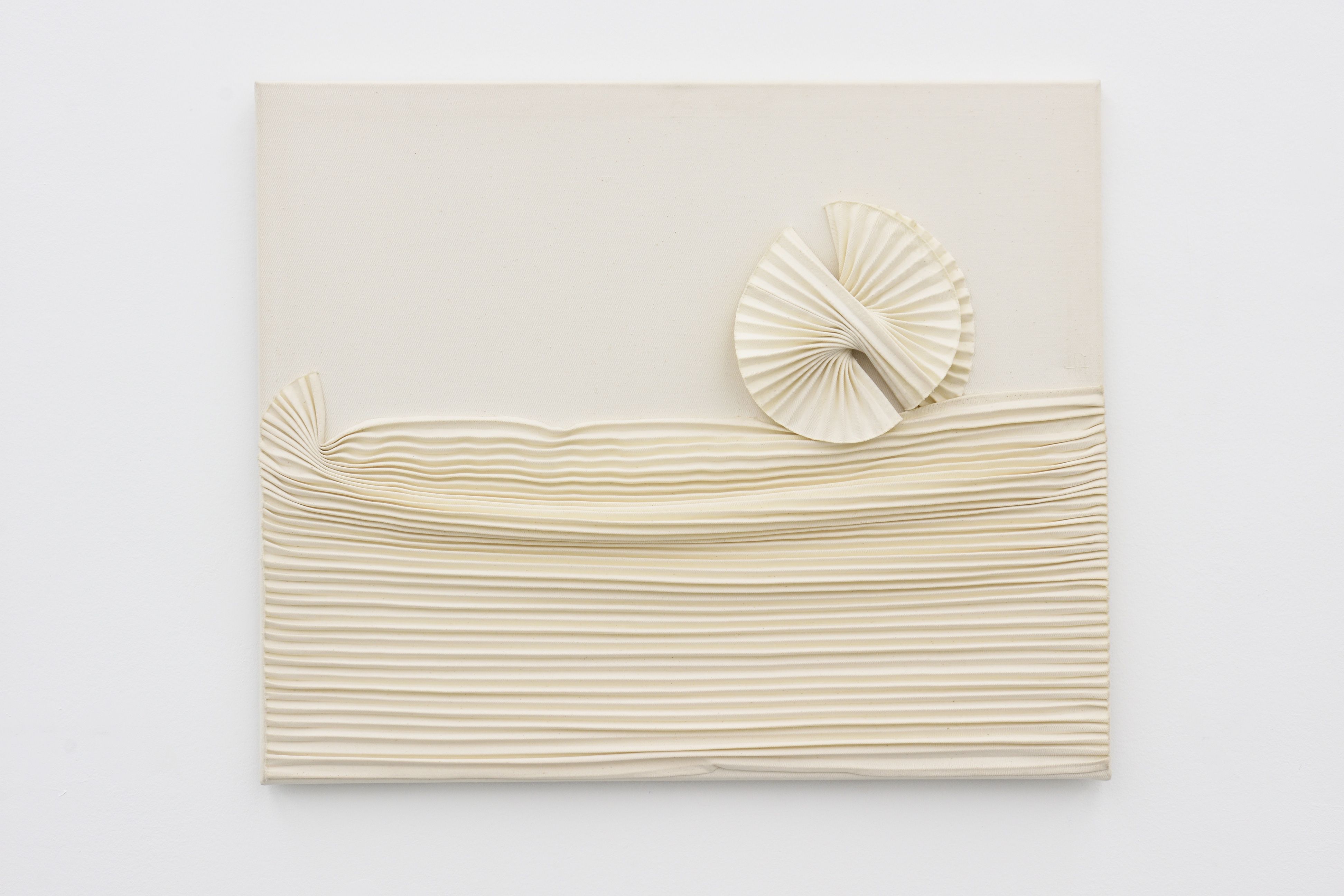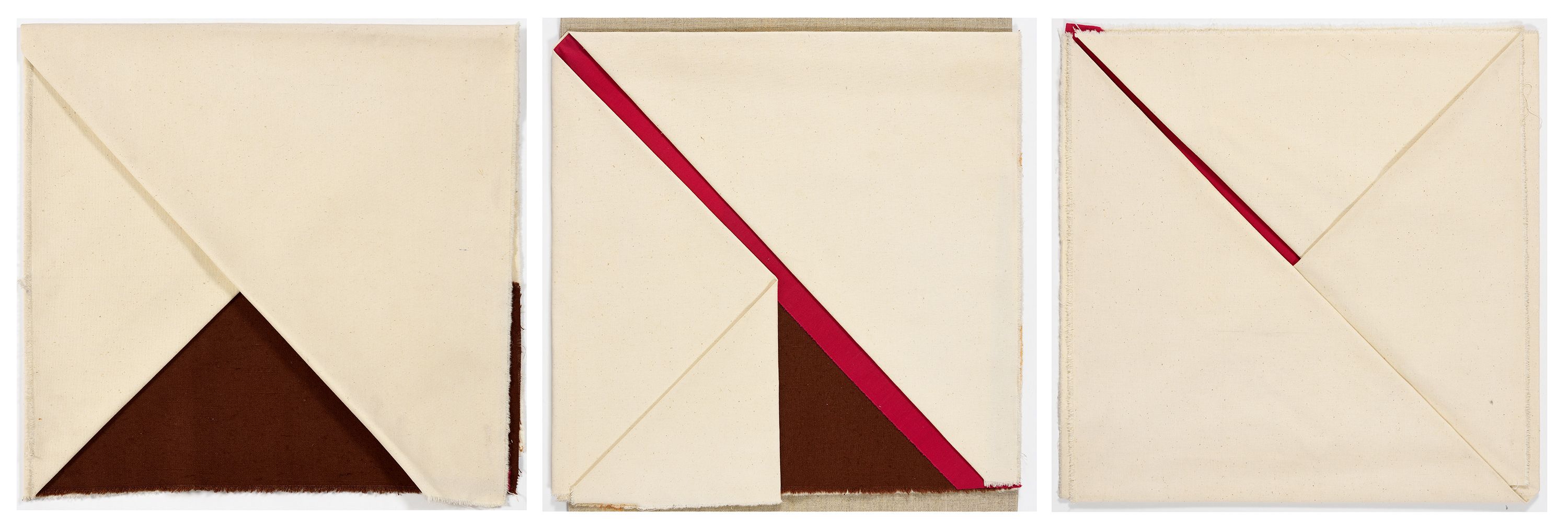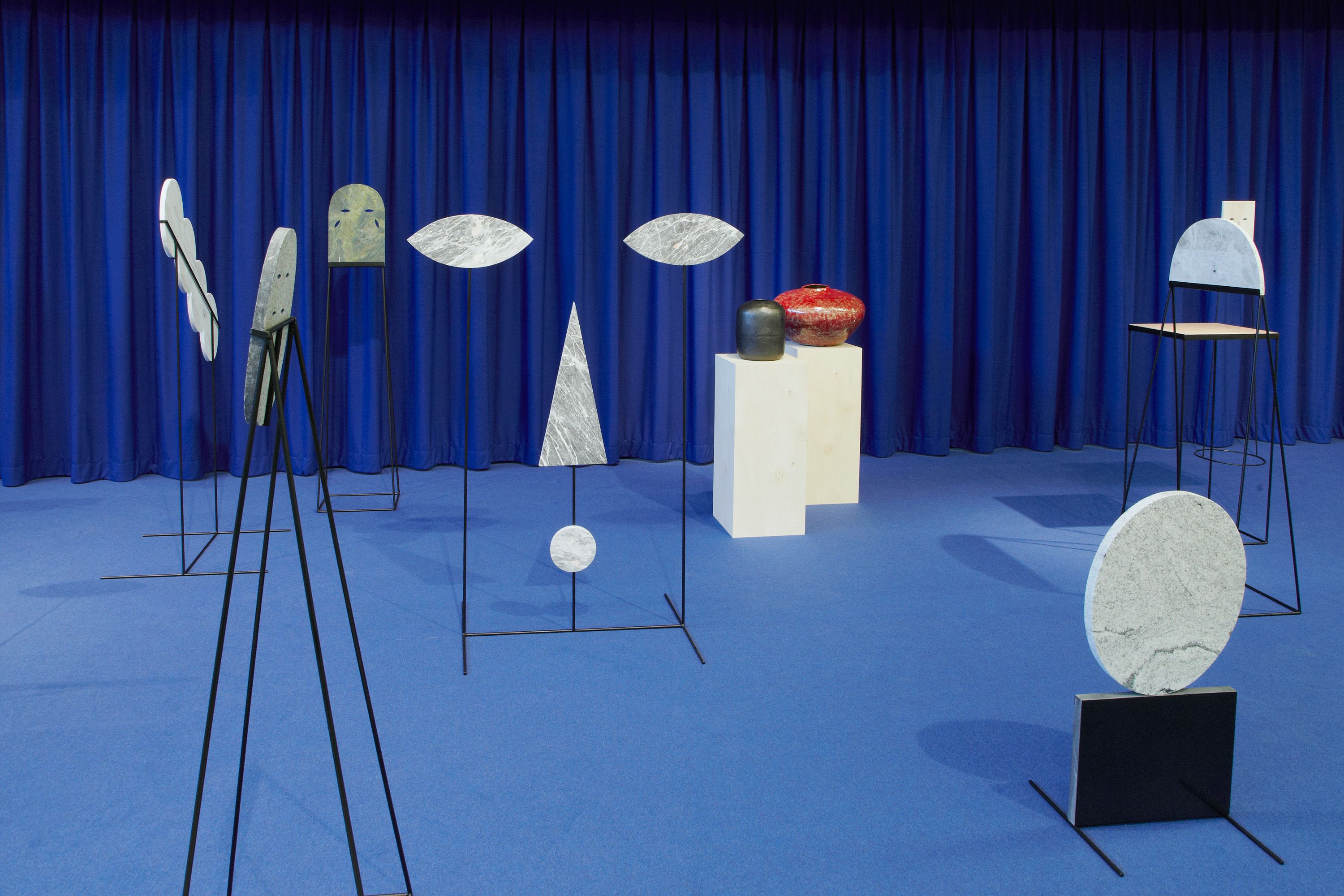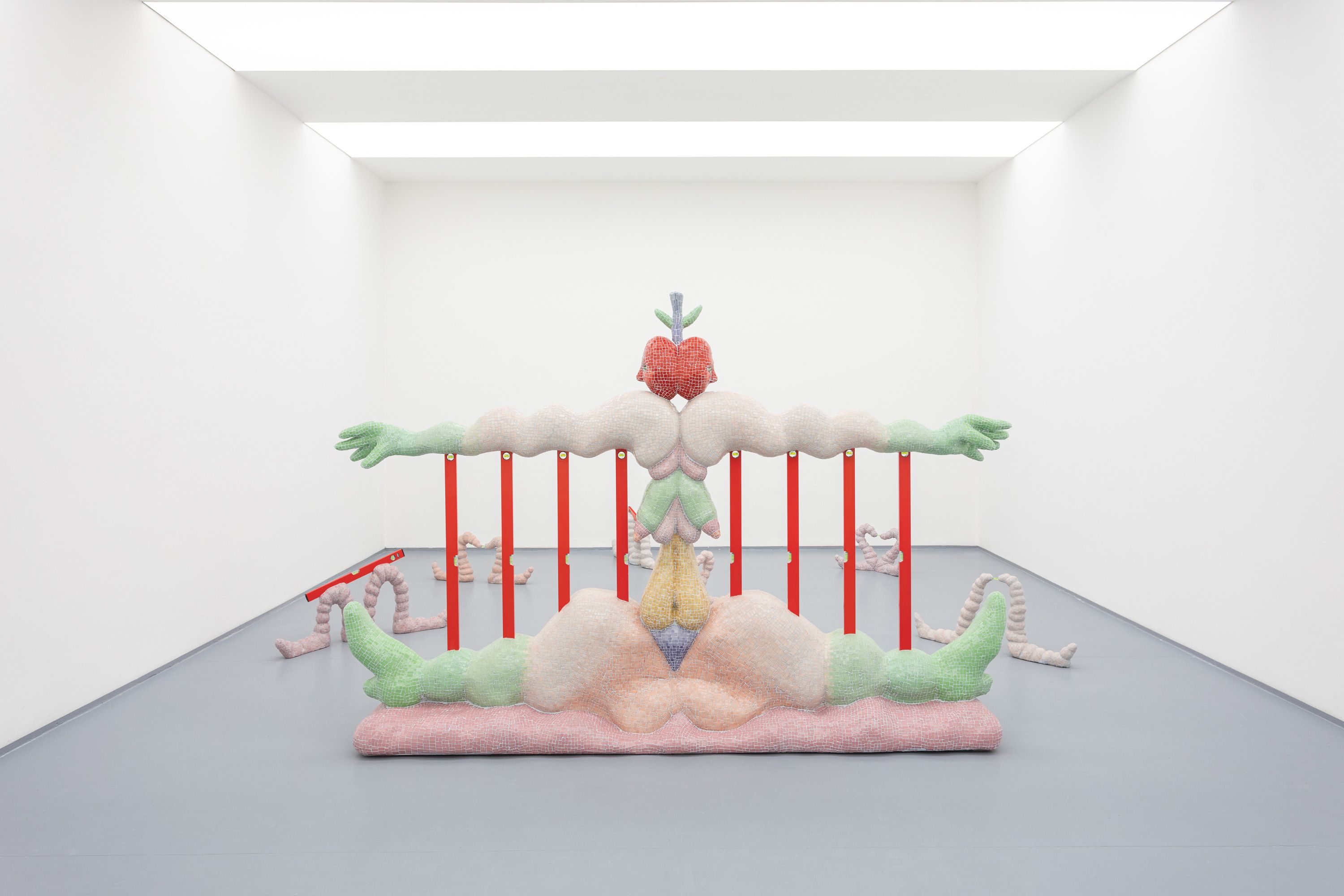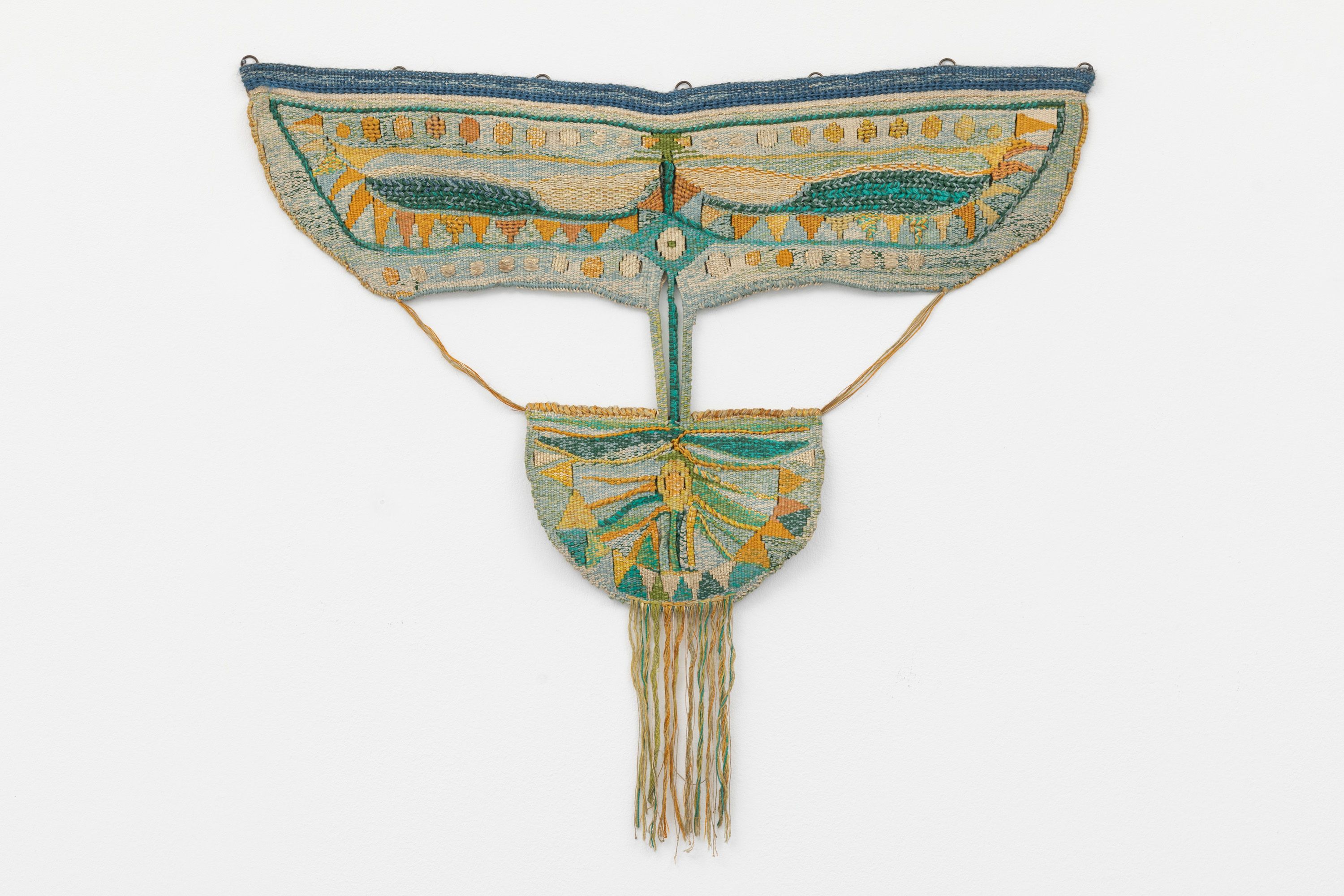Manifolds
| Venue: | acb Plus |
| Date: | May 10 – Jun 14, 2024 |
| Opening: | May 09, 2024, 18:00–21:00 |
Description
The latest group exhibition at acb Gallery focuses on the medium of textile and fiber art. Over the past years, as a result of its ResearchLab's focus, acb gallery has published two monographs and organised several solo exhibitions for Hungarian experimental textile and fiber artists such as Margit Szilvitzky, Klára Kuchta, Aranka Hübner and Lujza Gecser. However, not only does the exhibition at acb Plus recontextualize the historical works of these artists; it also aims to show that Hungarian textile art is now an integral part of contemporary art history. Therefore, the exhibition both features works from the experimental textile movement and includes pieces that, although not directly related, share thematic or formal connections. It also showcases textile-based works by artists from younger generations, offering a broader approach to the medium.
The group exhibition uses the key metaphor of the fold as a central motif and organising principle. By (re)exploring the art and sciences of the Baroque era, contemporary philosophical and aesthetic thinking also discovered the concepts of fold, crease and inflection, resolving seemingly irreconcilable opposites. In this sense, folds are not only motifs or objects, but also events or processes through which the dichotomies of material-form, organic-inorganic, outward-inward can be transcended. The selection presented in this exhibition is further proof that textiles are still a unique field for creative experimentation and a medium that constantly inspires renewal of artistic genres. The exhibition features works from many past decades. In the first part of the space the viewers can see pieces, which are reflecting on organic and archaic forms and compositions, which create a timeless atmosphere. Klára Kuchta’s monumental sisal work from 1972 is an early example of the organic spatial expansion of fiber art. Together with other works of Klára Kuchta this opens up to feminist interpretation and discourse, with the references to the female body. It is obvious from the early work of Lujza Gecser (ca. 1968-70) that the artist turned towards Hungarian folk art and precolumbian art with a deep, instictive interest, many of her gobelins were inspired by such motifs. A stylized face shines through the surface of the organicly painted monumental silk work of Sári Ember from 2019. The work, in it’s very soft format references the most archaic and the most monolithic forms of portaiture in it’s very soft format. The early textile works of Zsófia Keresztes visually refer organ-like organic forms, non-hierarchical bodies, which are in continual struggle with their rigid, systematic surrounding.
Exhibiting artists:
Sári Ember, Ferenc Ficzek, Lujza Gecser, Judit Gink, Károly Hopp-Halász, Aranka Hübner, Zsófia Keresztes, Klára Kuchta, Katalin Ladik, Margit Szilvitzky
